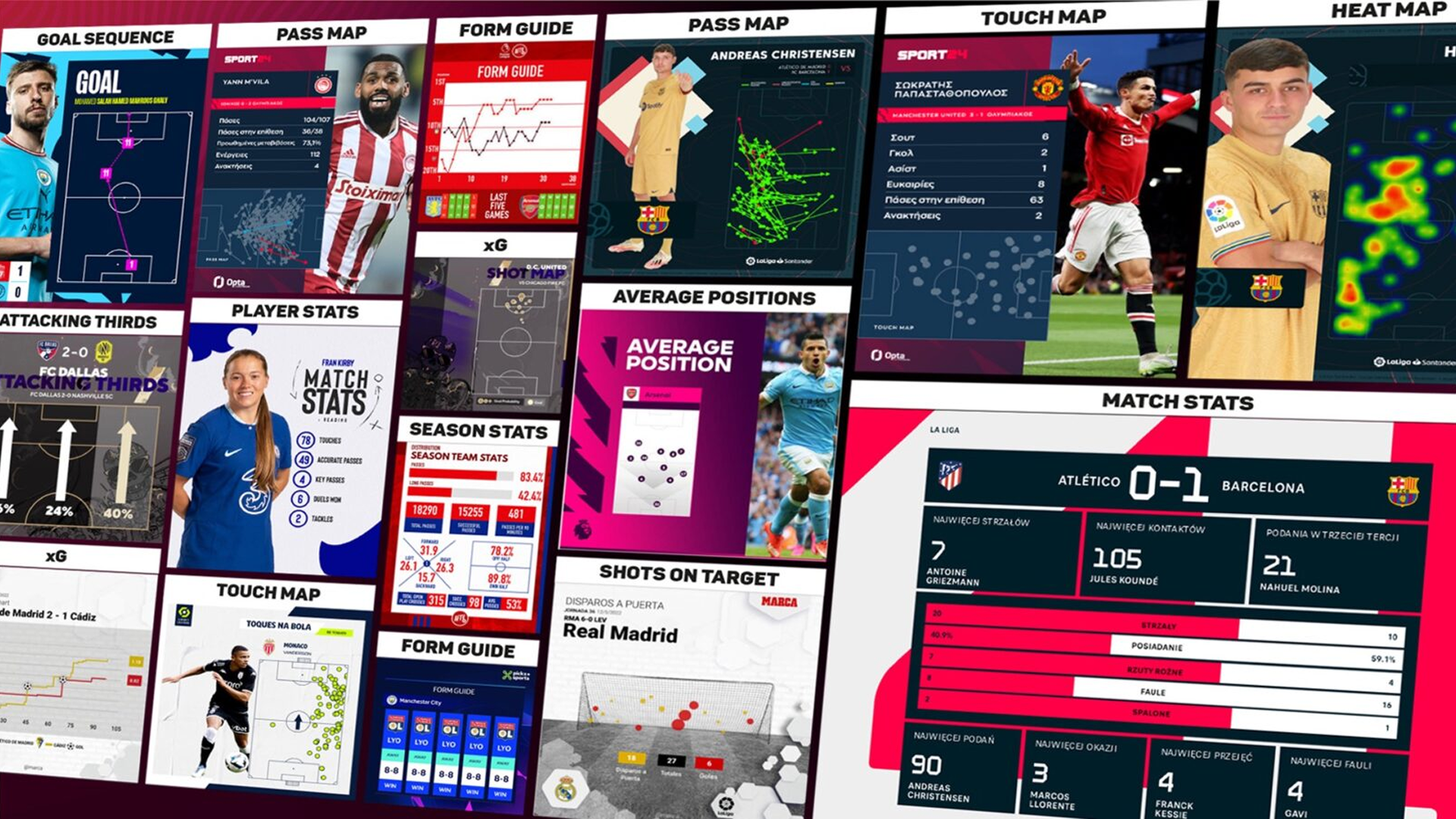In this episode of the FOOTBALL BUSINESS Podcast, we had the opportunity to speak with Dr. Adam Metelski and Dr. Slaven Marasovic about their extensive research on the essential guide to building a successful football youth academy.
What were the research goal and research methods?
In 2017, ECA initiated holistic research to help European football clubs identify crucial quality areas to develop a successful youth academy. So, this is a continuation of the previous study with new findings and improvements.
The research team looked into the youth academies’ working processes to find which influences these 12 quality areas the most. Regarding the research method, there were two parts. For the first part, the invitation was sent to all ECA members, including top clubs and leagues across Europe. The second part was the in-depth interviews with 18 clubs from top academies like Ajax, Sporting, and Olympique Lyon to less well-known ones like Zimbru or Inter Turku. Still, they all have brought in some new knowledge and interesting insights. Each interview was detailed and took more than two hours, sometimes almost three, with academy directors, vice academy directors, or similar positions.
Which were the most surprising findings?
Both Adam and Slavan were surprised by the case of Malmo as the Sweden club claimed that education is crucial for them. Malmo cooperates with around 32 local schools and wants their players to have better grades than the average in Sweden. It’s astonishing because not many clubs say that they want to develop their players as human beings with proper education.
Another interesting finding was that only 8% of academies evaluate the IQ of signed players. Slaven explained that IQ skills could help improve the performance on the pitch because players need to make quick and precise decisions during the game. It is commonly known that mental abilities can be considered a success factor for an athlete, and IQ tests might help evaluate this.
How to successfully transit from the youth team to the first team
Both researchers agreed that the most crucial factor would be the support from top management – owners and first-team coaches for young players. This support could be the proper communication with the youngster. There is not a single age when you promote a player but rather when that player is ready and especially what kind of situation the first-team would accept that player. We also need support from experienced players to guide those starlets during this transition. The second factor is the consistent playing style throughout the club, from Academy to the first team. The more familiar the environment to a player (between the Academy and the first team), the higher chance that young players can adapt and succeed. The third factor would be the persistence of each player. This has been proven a solid indicator of success for sportsmen in research conducted in the United States.
Can fans be patient enough for young academy players?
Adam shared his experience as a former professional basketball player and that, in most cases, fans are more patient with the home-grown youngster. Fans even prefer local youngsters as they represent the whole community. Slaven added that fans are a crucial part of the entire football industry or a big part of every football club. Therefore, clubs should provide a proper communication channel for their youth academies, explaining what they are doing and why these projects are essential for the future. They can even also involve fans in certain projects and let them talk to the academy directors or coaches. Football fans will always adore these domestic players, but clubs must invest in youth development to produce such players. The transition from being a scout-oriented club to an academy-oriented one is challenging, but fans can sure be patient and supportive.
Is there any confirmation in real life of your findings?
Adam and Slaven firmly believed that the report is a reality because the research team doesn’t just say they are football experts but presents what most youth academies do, what they don’t do, and what can be done. It is not a theoretical framework but the current situation and working processes of a large number of youth academies across Europe.
What are the research limitations and future research direction for this topic?
First, though the study already involved many top academies in Europe, the sample size still can be expanded and would be even better if more clubs participated. Secondly, besides the quality areas, which are quite theoretical and strategic, practical working areas are highly potential. For example, in the future, clubs will not only know the importance of IQ evaluation but also know how to carry out such tests when reading the report.
Furthermore, the research hasn’t covered the diverse identities of each youth academy. For example, some clubs might want to grow and sell their players, while others focus on self-development education, etc. So, another research area is to conceptualize what type of Academy a club wants to become.
How to build a successful youth academy as a small club with fewer resources
Investment in the right people will bring the most fruitful outcomes. Slaven stated that if he ever runs an Academy, he will definitely first bring these top people to build up a system, especially from the Academy side, because this can produce young players, and coaches and identify a specific playing style or so-called club’s DNA.


 Upgrade to Premium Now
Upgrade to Premium Now








